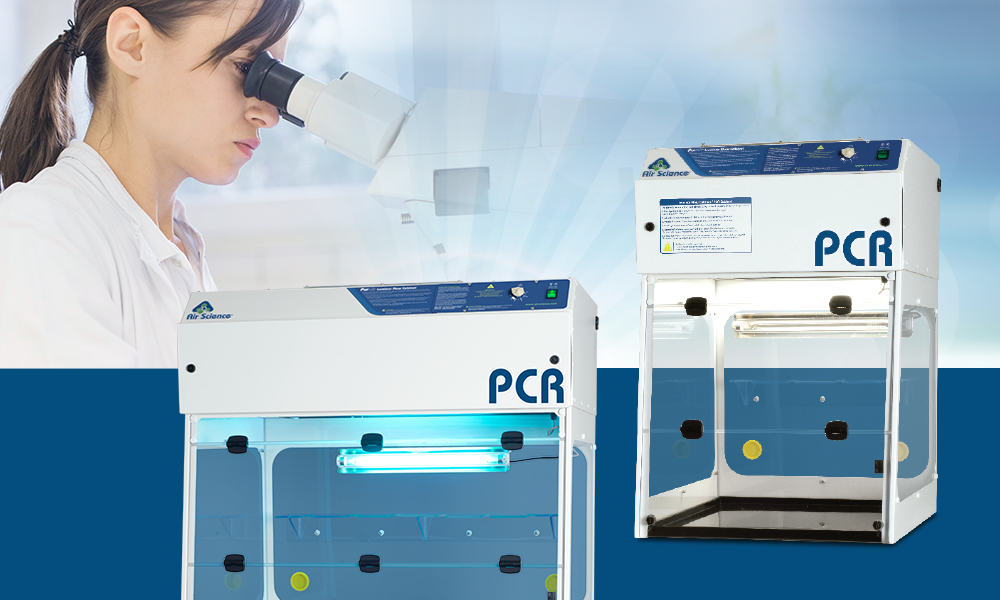
Polymerase Chain Reaction (PCR) mimics the same DNA replication process that happens within cells. The process, developed in 1983 by Kary Mullis, allows scientists to quickly reproduce identical genetic material from small, specific segments of genetic material.1
PCR is performed in a thermocycler which uses multiple heating and cooling cycles to cause chemical reactions that allow DNA primers to bind to the target DNA sequence. This allows DNA polymerases, a type of enzyme, to work in groups and create identical DNA replication. PCR is an essential component of molecular biology. It is used on patient specimens to detect the virus that causes COVID-19 and to uncover genetic disorders.
Improving IVF Success Rates Through Genetic Testing
During IVF, pre-implantation genetic testing (PGT) can be used on embryos to detect inherited genetic disorders. During this process, an embryo biopsy removes a single cell, polar body, or a small number of cells from what will become the placenta on day 5 or 6, trophectoderm biopsy. The embryo is cryopreserved, and collected cells are sent to a PGT lab.
There are three types of PGT, Preimplantation Genetic Testing for Aneuploidy (PGT-A), Preimplantation Genetic Testing – Monogenic (PGT-M) and Preimplantation Genetic Testing – Structural Rearrangements (PGT-SR). PGT-A looks for chromosome abnormalities, while PGT-M looks for single-gene disorders that run in a family. These disorders include cystic fibrosis, Huntington’s disease, Tay-Sachs disease, sickle cell anemia, x-liked disorders and genetic mutations that increase the risk of certain cancers.2 PGT-SR screens for inherited chromosome rearrangements which causes embryos to have the incorrect chromosome number or structure. Chromosomal rearrangements increase the chance of miscarriage and are the cause of several lesser-known chromosomal disorders like Turner syndrome and Triple X syndrome.3
Because PGT identifies embryos with chromosomal abnormalities or genetic disorder markers, it can increase live birth rates4 and help prevent passing on an inherited condition. Sample sizes are extremely small, even in a trophectoderm biopsy. The low amount of input DNA makes PCR amplification ideal, yet PCR is extremely sensitive. If an embryo biopsy sample is contaminated, it cannot be replaced.
The ESHRE PGT Consortium good practice recommendations for the detection of monogenic disorders recommends the use of a laminar flow hood during PCR for PGT.5 PCR laminar flow hoods can be used to help protect samples from cross-contamination when used with good laboratory practices.6
Air Science Purair PCR workstation enclosures provide a safe, energy-efficient, contamination-free environment during PCR amplification. The Purair PCR workstation is designed to provide flexible access to the thermocycler while protecting against cross-contamination. The unvented unit uses Air Science Multiplex™ HEPA filtration technology which consists of a pre-filter, main filter and HEPA safety filter.
Air Science Purair PCR workstations are designed for versatility. They can be installed directly on the desktop or on the optional mobile cart and are available in three models with a variety of options.
1 “Using PCR in medicine.” Science Learning Hub. https://www.sciencelearn.org.nz/resources/2307-using-pcr-in-medicine
2 ESHRE PGT-M Working Group et al. “ESHRE PGT Consortium good practice recommendations for the detection of monogenic disorders.” Human reproduction open vol. 2020,3 hoaa018. 29 May. 2020, doi: 10.1093/hropen/hoaa018
3 “13 chromosomal disorders you may not have heard of.” Friendship Circle. https://www.friendshipcircle.org/blog/2012/05/22/13-chromosomal-disorders-youve-never-heard-of/
4 Theobald, Rachel et al. “The status of preimplantation genetic testing in the UK and USA.” Human reproduction (Oxford, England) vol. 35,4 (2020): 986-998. doi: 10.1093/humrep/deaa034
5 ESHRE PGT-M Working Group et al. “ESHRE PGT Consortium good practice recommendations for the detection of monogenic disorders.” Human reproduction open vol. 2020,3 hoaa018. 29 May. 2020, doi: 10.1093/hropen/hoaa018
6 The CDC also recommends conducting work in an unventilated, still air PCR hood (biocontainment cabinet) to minimize cross-contamination in sensitive PCR applications like the detection and characterization of bacterial meningitis pathogens.
Resources

Air Science PCR Laminar Flow Cabinets

Air Science Purair PCR Laminar Flow Cabinets for COVID-19 Testing
